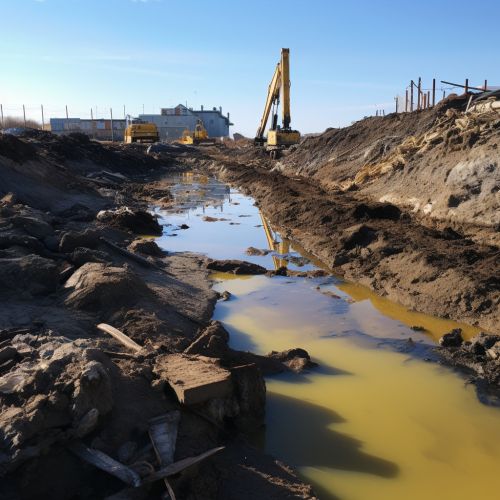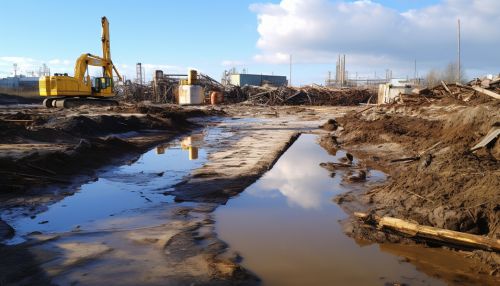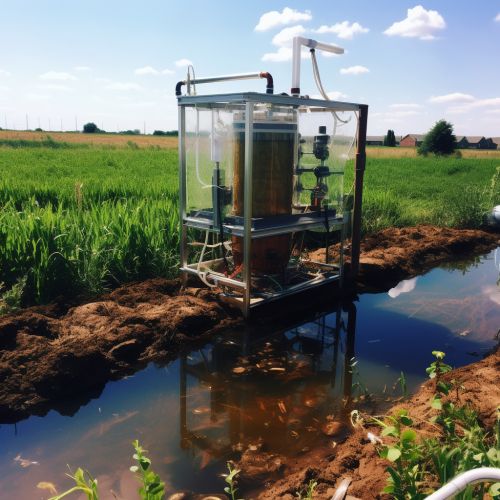The Science of Bioremediation and Its Applications
Introduction
Bioremediation is a scientific process that utilizes microorganisms, plants, or microbial or enzymatic communities to return an environment altered by contaminants to its natural state. This technique is primarily used for the treatment of waste materials, such as sewage, oil spills, and other industrial waste products, in a cost-effective and environmentally friendly manner. Bioremediation is a rapidly growing field, with numerous applications in environmental science and engineering.


The Science Behind Bioremediation
The science of bioremediation is based on the ability of certain microorganisms and plants to metabolize, assimilate, or immobilize pollutants. These organisms use contaminants as a source of energy or nutrients, breaking them down into less harmful substances through metabolic or enzymatic processes. The two main types of bioremediation are in situ and ex situ bioremediation.
In Situ Bioremediation
In situ bioremediation involves treating the contaminated material at the site, without the need to excavate and process it elsewhere. This method is often used for groundwater or soil remediation. The process involves the stimulation of indigenous bacteria by providing nutrients, electron acceptors, or substrates to enhance their growth and activity.


Ex Situ Bioremediation
Ex situ bioremediation, on the other hand, involves the removal of the contaminated material to be treated elsewhere. This method is often used when the contamination is too severe or the soil is too permeable for in situ treatment. The contaminated material is usually treated in bioreactors, where conditions can be carefully controlled to optimize the bioremediation process.


Applications of Bioremediation
Bioremediation has a wide range of applications in various fields, including environmental science, industrial waste management, and agriculture.
Environmental Science
In environmental science, bioremediation is used to clean up polluted environments. This includes the treatment of oil spills, industrial waste, and other pollutants that pose a threat to the environment. Bioremediation is also used in the restoration of natural environments that have been disturbed by human activities.


Industrial Waste Management
In the field of industrial waste management, bioremediation is used to treat waste materials before they are released into the environment. This includes the treatment of sewage, industrial effluents, and other waste products that contain harmful pollutants.


Agriculture
In agriculture, bioremediation is used to improve soil quality and crop productivity. This is achieved by using microorganisms to break down pollutants in the soil, such as pesticides and other chemicals, into less harmful substances.


Future Prospects
The future of bioremediation looks promising, with ongoing research and development in the field. Advances in genetic engineering and microbiology are expected to enhance the effectiveness of bioremediation techniques. Moreover, the growing awareness about environmental sustainability is likely to increase the demand for bioremediation services in the future.
